
views
New Delhi: Despite India spending over two per cent of GDP in social protection schemes, their returns in terms of poverty reduction are yet to reach full potential, a World Bank report has said, pointing to "high leakages" in PDS and "uneven implementation" of MNREGA across states.
The report, the first comprehensive review of India's social welfare and anti-poverty initiatives, said about 60 per cent of grains released by government under public distribution system did not reach households in 2004-05.
"India spends over two per cent of GDP in social protection programmes, more than many other developing nations and there are pockets OF good performance but the overall returns in terms of poverty reduction and improvement in livelihood have not reached their full potential," WB lead economist John Blomquist said while presenting the new report here.
The study, commissioned in 2004 after request from the Planning Commission, said while poorer states get larger share of central budget, they spend relatively less per poor rural households, mostly due to capacity constraints like lack of staff and technological tools and implementation problems.
According to the report "Social Protection for a Changing India", the effect of PDS on poverty reduction is low due to "high leakages to non-poor" and weak administrative features.
"Only 41 per cent of the grain released by government reached households, as per 2004-05 figures," Blomquist said.
While states like Tamil Nadu showed high level of purchase of PDS grains (80 per cent rural households and 50 per cent urban), it was below five per cent in Bihar and Punjab.
Blomquist also pointed to new initiatives in some states like introduction of food coupons and smart cards to increase accountability and said in the long-term, the idea of moving towards cash transfers instead of grains can be toyed with.
On Mahatma Gandhi National Rural Employment Guarantee scheme, the report said it has significantly high coverage and impressive inclusion of scheduled castes (31 per cent), scheduled tribes (25 per cent) and women (50 per cent).
But it also pointed to "uneven implementation" of MNREGA across states. While about 90 per cent rural household reaped benefits of the scheme in Rajasthan, the percentage was less than 20 per cent in Punjab, Haryana, Kerala and Gujarat.
"Localised studies point to some evidence of leakage of funds, delay in fund transfers to panchayats," Blomquist said.
The Bank said the Rashtriya Swasthya Bima Yojna is showing major advantages while other programmes like Sampoorna Grameen Rojgar Yojna, Annapurna scheme, Indira Awas Yojna and mid-day meal scheme have recorded "mixed performance".
The Bank suggested that the government can consolidate various schemes into three core flagship programmes and give block grants to states to finance related schemes.











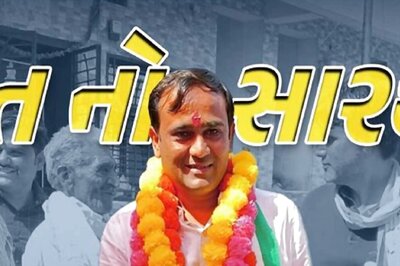
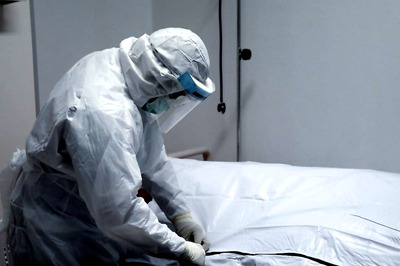
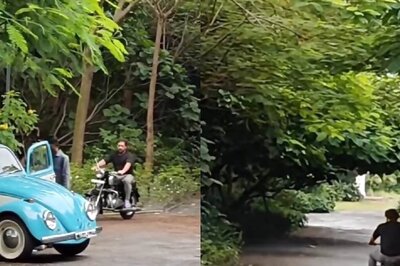

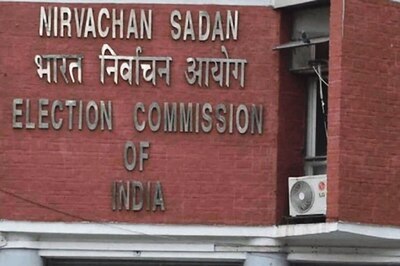
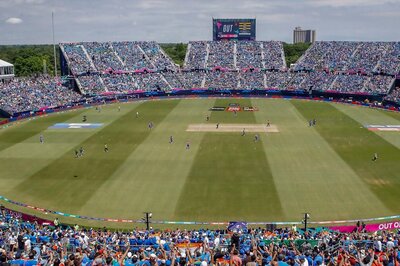
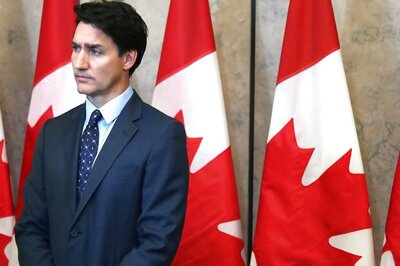

Comments
0 comment